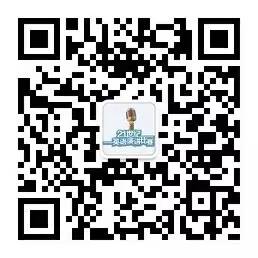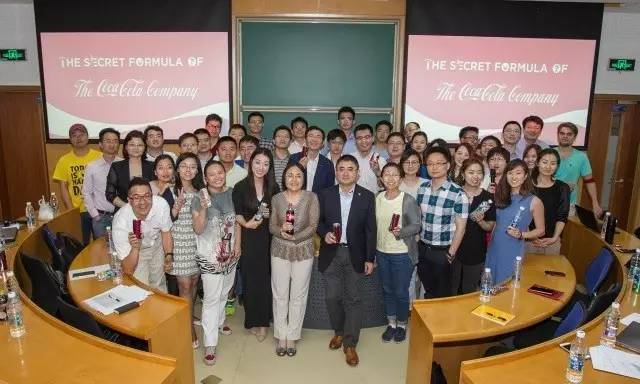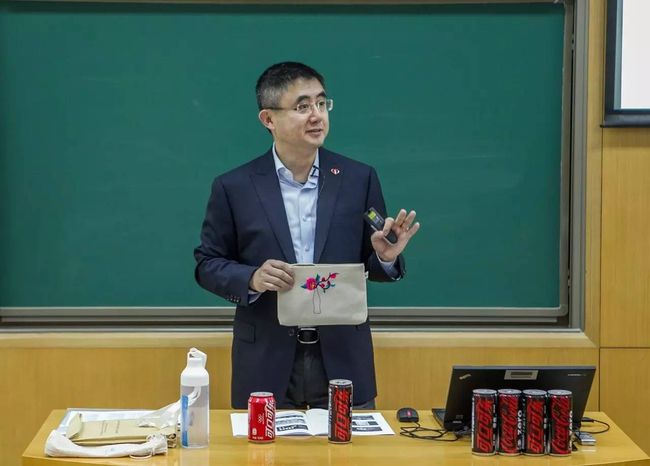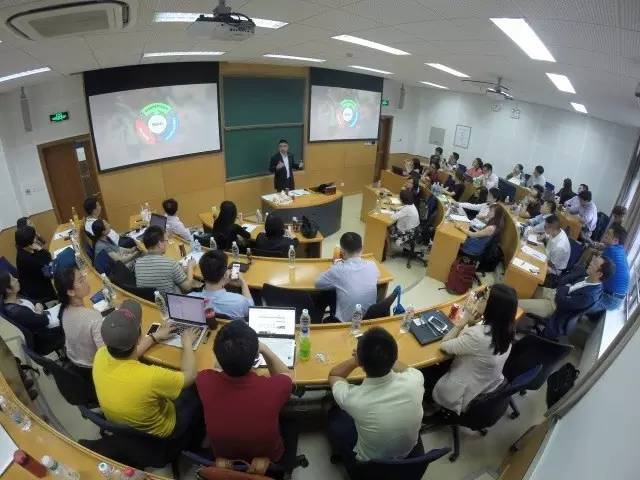推广 | 可口可乐高管分享公共传播的正确打开方式
可口可乐作为家喻户晓的国际饮料品牌,透过全球庞大的饮料分销系统,200多个国家的消费者每日享用超过19亿杯可口可乐系列产品。(哇塞~ 这杯子连起来得绕地球多少圈呢?默默扳手指头数……)说到可口可乐的独家配方那可谓是神秘莫测,而可口可乐公司的成功秘诀一百多年以来却时刻为人们所津津乐道。
近日,可口可乐大中华及韩国区副总裁张建弢到访清华大学经济管理学院,通过一场主题为“可口可乐公司成功秘诀之公共传播版”的精彩绝伦的演讲,和MBA同学们分享了他对于如何通过公共传播为品牌注入价值,让品牌长盛不衰的独到见解。此次演讲可是只面对清华学子的呦,现在第一手资料与小伙伴们一起分享!还在等什么,快到碗里来get到这笔宝贵的经验吧~
1Public Communication is about Value Connection
公共传播凸显品牌价值连结
Coca-Cola has been in China since 1979. During those 37 years China’s society has fully embraced the Internet era. While the focus of consumers in regards to beverages has also evolved from “What’s good about the brand” to “What good the brand can do for me and my family”. Consequently, the business development now is focused on value connection between the public and the brand, rather than simply the physical product itself.
可口可乐自1979年进入中国,迄今已37年。随着中国变迁到“网红时代”,谈起饮料,人们的关注点已从 “ 这个品牌有啥好”,演变为“对我和我的家庭有啥好”。因此业务的拓展已从单纯的售卖产品演变成了构建公众和品牌间的价值连接。
Everybody is on the same page regarding whether people like the category, whether they like the company, which will lead them to liking the brand. To supplement this, we also have statistical measurements: a corporate score, a brand love score and a category score. These measure whether people like our brand, or how they like our brand. And also, we found public communication is quite important among the three dimensions.
在可口可乐大家都意识到,消费者会从是否喜欢这个产品品类,是否喜欢这个公司,一直延伸到是否选择这个品牌。我们专门量化衡量公众的品牌喜爱度、品类认可度和企业认可度,从而了解人们是否喜欢可口可乐,为什么喜欢,为什么会越来越喜欢。在这三个交互的维度中,公共传播的力量尤为凸显。
We have 121 Hope Schools in China. When we visited one of the schools, we asked one of the children what he understood Coca-Cola to mean, and he replied that Coca-Cola’s a school. We didn’t sell any Coca-Cola products to that school, but what he said is the truth.
在中国,可口可乐已有121所希望小学。有一次,当我们重回一所希望小学时,有人问起学生“你觉得可口可乐是什么”,学生答到“可口可乐是所学校”。学校里并没有任何产品的存在,但这样的回答却是真实的认知。
2Public Communication Should First Act,Then Talk.
公共传播是为说而说,还是做了再说。
While shaping a corporate image and reinforcing the emotional bond between the company and consumers, public communication often gets stuck in a rut of simply "Talking the talk". To this Mr. Zhang’s opinion is, “We should talk the walk rather than talk the talk, and let the public talk.” This calls for a higher degree of public communication.
在塑造企业形象、强化企业与消费者的情感连接的过程中,公共传播难免会陷入“为说而说”的怪圈。对此,张建弢的认知是,与其“为说而说”不如“做了再说”,进而要联动社会的力量,让“别人自己说”。当然,这也意味着对公共传播更高阶的要求。
Many companies made significant donations to help the survivors and rebuilding after earthquake. We have a project called "Clean Water 24", which means if there is a disaster we will deliver free water to the affected areas within 24 hours. Through collaboration among government, business and civil society, Coca-Cola’s bottled water usually is the first to arrive on the scene.
遇到地震等自然灾害,企业都非常热心的捐钱捐物。而更为不同的是,可口可乐有个“净水24小时”项目,旨在通过政府、企业、社会团体联动,从遍布全国的销售网络第一时间就近将水送到灾区。通常可口可乐的冰露水都是到达灾区的第一批水。
In 2014, Ludian got an earthquake. In the aftermath of the quake, two pregnant ladies were rescued and cared for in a medical tent. There was a photo taken of one of these women passing a bottle Coca-Cola-supplied water (Ice Dew) to the other. It was not taken by our commercial photographer, but by a journalist from the Chongqing Daily, who was there covering the disaster and just happened to witness it. The photo was made for front page news.
2014年,鲁甸地震中,两位孕妇获救后相遇于一个医疗帐篷,并留下了一张传递冰露水的照片。这张照片并非由可口可乐的摄影师拍摄,而是由重庆日报的记者拍摄。他恰遇她俩传递可口可乐的水,并将其刊登在重庆日报的头版。
3From Doing Good to Sharing Sustainable Development
从做好人好事到共享可持续发展
Almost all companies pay close attention to CSR so as to ensure the company’s development. Today, CSR is also “doing good” by raising money for charities. Throughout its 130-year history, Coca-Cola has shaped a unique sustainable development concept – to build a sustainable development model that benefits not only the company, but also society and the general public, relying on Coca-Cola’s self-business network and unique resources.
几乎所有企业都很注重企业社会责任,为业务发展保驾护航。当下时代里,企业社会责任不再仅限于做好人好事,或者为具体项目捐助多少资金。可口可乐经过130年的发展,逐步形成了独树一帜的可持续发展理念——通过自身的业务网络和独有资源,构建企业、社会、公众共同获益的可持续发展模式。
Engaging with people through values that go beyond the physical product is so critical before talking about brands,” said Mr. Zhang, “I have a sustainability team which works with different NGOs and numerous different programs.
我们和公众的交流,除了实体产品之外,其实更多一层是在与他们的互动和参与。这种互动甚至早于品牌互动,因此也更为显著。我们有专门的可持续发展团队,负责和社会组织合作的各类项目。
We are a beverage company, so we work to replenish the natural water sources, with projects that include all the major rivers in China such as the Yangtze River and Yellow River. We conduct water cleaning and recycling at all our manufacturing facilities, and that is monitored. We have made a commitment that by 2020 we are going to achieve 100% water replenishment. The good news is that last year we achieved 123%. That brings a lot value to the community, to society, to the employees and we got some financial rewards from the community as payback.
我们是饮料公司,因此我们会进行水回馈。我们团队致力于各种水资源保护计划,覆盖长江、黄河等几乎各大流域;我们致力于水净化,在所有厂里进行水的重复使用,这些成果都会经由第三方审核。我们承诺2020年前实现100%水回馈,而在2015年,我们已经超越了100%水回馈的目标,水回馈总量达123%。这给社会、员工都带来了价值,同时公司也因此获得财务收益。
Another example is the PlantBottle, which was first commercialized by The Coca-Cola Company. “Today, 30% of our bottles are made from plant-based materials, such as sugar cane. We have made a commitment that 100% of our bottles will be made with plant-based materials by 2020. ”
由可口可乐率先商业化的植物环保瓶是另外一个例证。大家都看到我们使用PET塑料瓶,其中瓶身的30%采用源自于甘蔗等植物原料。我们承诺直至2020年,我们的产品将100%使用这项技术。
看完一遍小伙伴们学到了多少公共传播的经验呢?一遍不行就收藏起来多研究几遍吧~
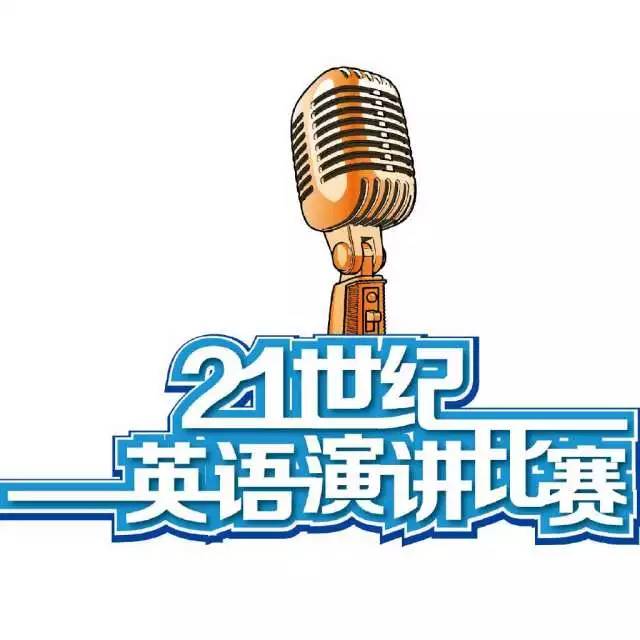 长按下方二维码关注我们! 精彩内容不容错过! 微信号
长按下方二维码关注我们! 精彩内容不容错过! 微信号
